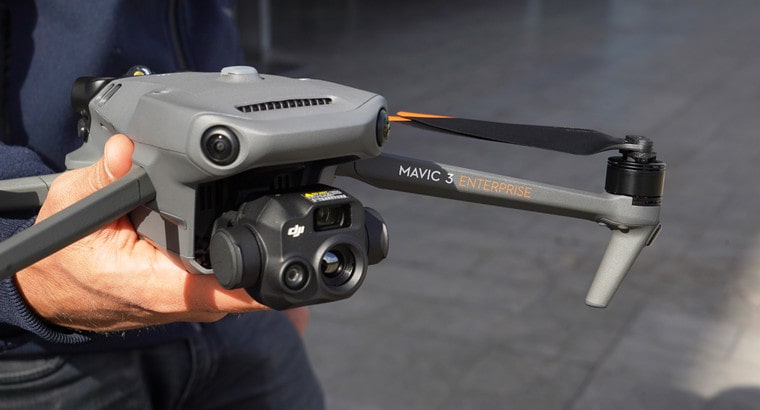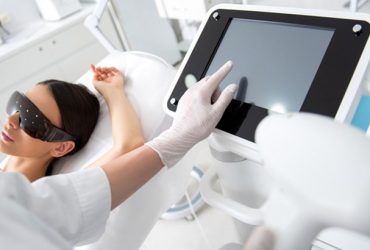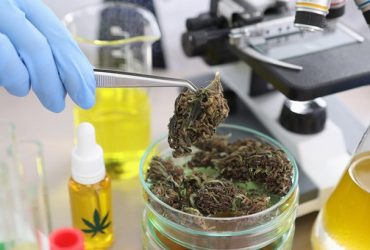Drones, once a favourite toy for hobbyists, have now taken a pivotal role in various industries. Policing is one such field where the use of drones is revolutionizing the way operations are carried out. Police drones have the potential to elevate the accuracy of decisions made by law enforcement agencies, making their missions more effective and safer for all parties involved.
Why Are Drones Used in Policing?
Drones provide a bird’s-eye view of an area, allowing officers to understand a situation clearly. This can be particularly useful in monitoring large crowds, tracking suspects, or even aiding in search and rescue missions. Furthermore, drones can access areas that might be difficult or dangerous for officers to reach, such as the scene of a natural disaster or a hard-to-navigate rural location.
Advantages of Drones in Decision Making
1. Real-time Information: Drones equipped with cameras provide real-time footage, which can be invaluable during unfolding situations. With live feeds, commanders on the ground can make informed decisions promptly.
2. Safety First: Police drones reduce the need for officers to be physically present in potentially dangerous situations. By using drones, police can assess risks before deploying officers, ensuring their safety.
3. Cost-effective: Drones can be more cost-effective than other aerial surveillance methods, such as helicopters. They are cheaper to purchase, maintain, and operate.
Challenges Faced
Despite the numerous benefits, using drones in policing does come with its own set of challenges:
1. Privacy Concerns: Drones can easily hover over private properties, leading to concerns over invasions of privacy. A significant challenge is ensuring that drone usage doesn’t infringe upon citizens’ privacy rights.
2. Regulatory Hurdles: Drones operate in shared airspace, so strict regulations exist. Police departments must work closely with aviation authorities to adhere to all rules and guidelines.
Cases Where Drones Aided Policing
There have been numerous cases worldwide where drones have proven their worth in policing:
1. Crowd Monitoring: During public events or protests, drones have been used to monitor crowd sizes and movement, helping police allocate resources effectively and spot any disturbances.
2. Search and Rescue: In cases where individuals have gone missing in vast or treacherous terrains, drones, especially those equipped with thermal cameras, have been indispensable in locating them swiftly.
3. Crime Scene Analysis: Drones offer a unique perspective of crime scenes, allowing for a comprehensive view that can be crucial for investigations.
The Ethical Implications of Drones in Policing
As with any powerful tool, the ethical implications of drones in policing are worth considering. The debate revolves around the balance between effective law enforcement and the potential infringement of individual rights.
Data Protection and Privacy: Drones can collect vast amounts of data, be it through video footage, thermal imaging, or other sensors. How this data is stored, processed and who has access to it becomes crucial. Police departments must have transparent policies about data storage and ensure that personal information is protected and not misused.
Potential for Misuse: Like any technology, drones can be misused. It’s conceivable that they could be deployed for reasons not strictly related to public safety, like monitoring individuals without appropriate cause. To prevent misuse, there should be stringent guidelines regarding when and why a drone can be deployed.
Training and Expertise:
Operating drones requires a certain level of expertise. Police departments must invest in proper training to ensure officers can handle drones efficiently and safely. This includes understanding the technical aspects of drone operation and recognizing the ethical considerations associated with their use.
Engaging the Community:
For drones to be effectively integrated into policing, the community’s trust is vital. Police departments should engage with community members, explaining the benefits of drone use, addressing concerns, and even seeking feedback. Such engagement can ensure that the use of drones is aligned with the community’s values and expectations.
Beyond Surveillance: Positive Community Impacts
Drones aren’t just about surveillance. They can be used in community outreach programs. For instance:
1. Educational Initiatives: Police can collaborate with schools, offering programs where students learn about drone technology, its applications in policing, and even basic piloting skills. Such initiatives can foster a positive relationship between the youth and the police.
2. Emergency Deliveries: In situations where roads are impassable due to natural calamities, drones can be used to deliver essential supplies like medicines to those in need.
Future of Drones in Policing
The future looks promising for drones in policing. With technological advancements, we can expect drones with longer battery lives, better camera resolutions, and advanced features like facial recognition. This would further improve their efficiency and the accuracy of decisions based on the data they provide.
In a Nutshell
The integration of drones into policing is undeniably transformative. While they bring many advantages regarding decision accuracy and operational efficiency, it’s equally essential to approach their use with caution and consideration.
By focusing on transparency, training, community engagement, and ethical usage, police departments can harness the full potential of drones while ensuring the trust and safety of the communities they serve.










